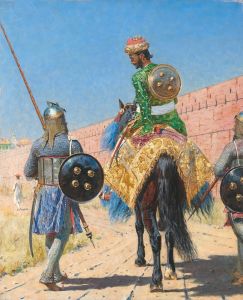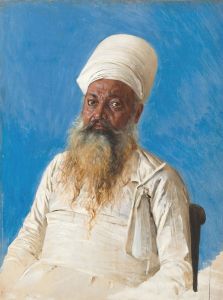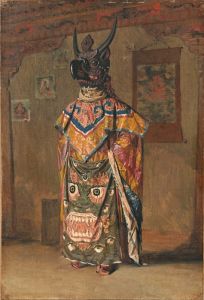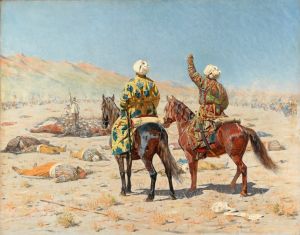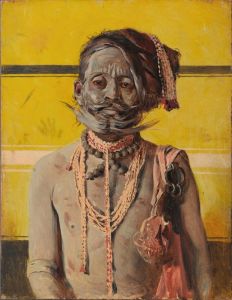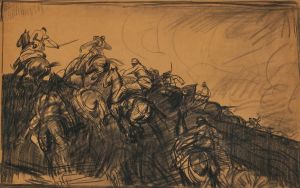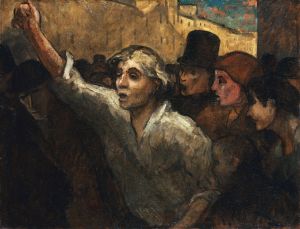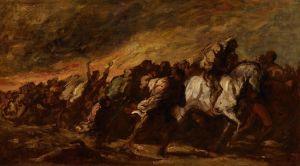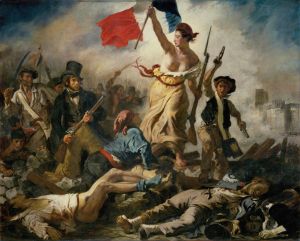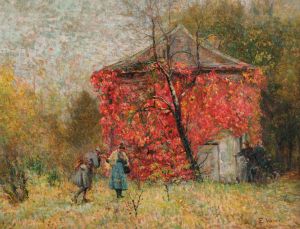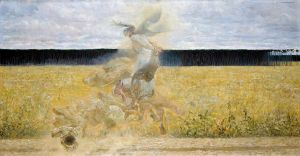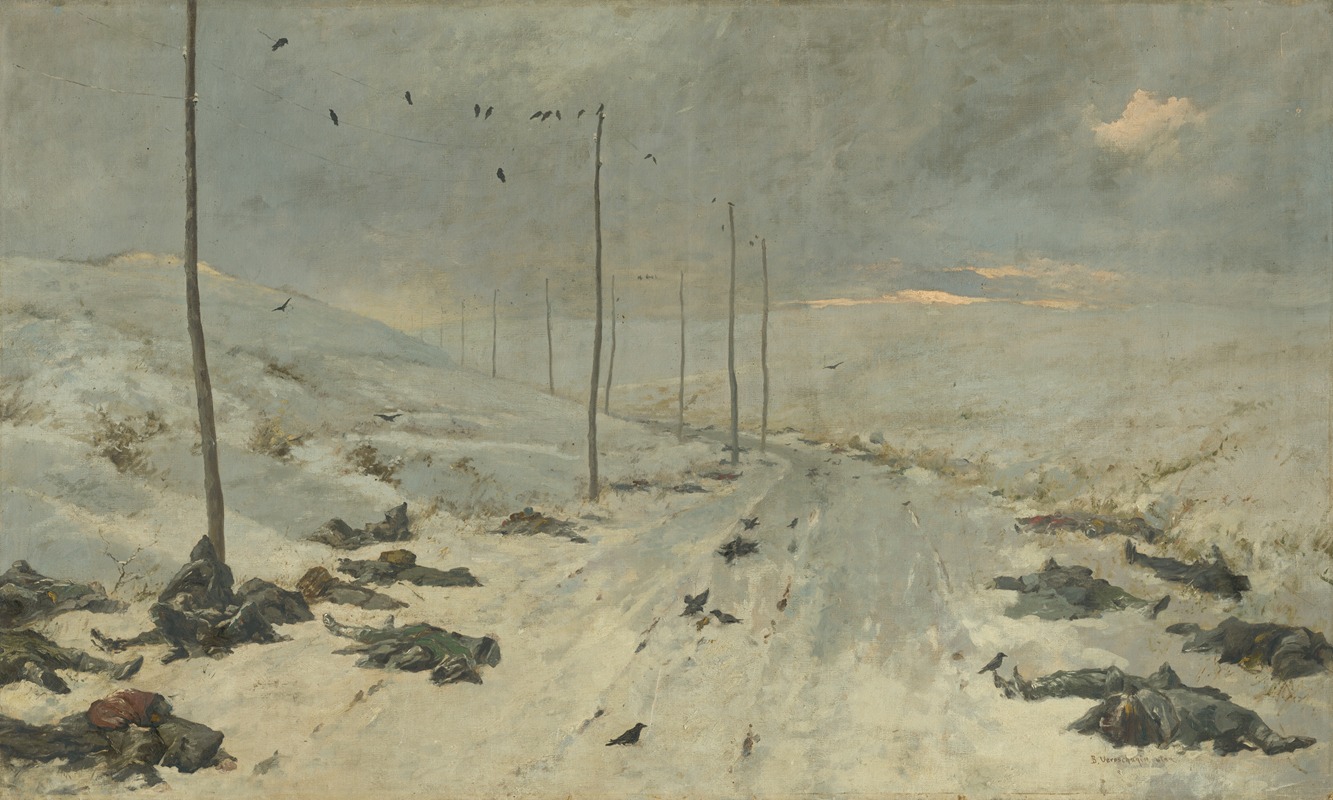
After the Fight
A hand-painted replica of Vasily Vereshchagin’s masterpiece After the Fight, meticulously crafted by professional artists to capture the true essence of the original. Each piece is created with museum-quality canvas and rare mineral pigments, carefully painted by experienced artists with delicate brushstrokes and rich, layered colors to perfectly recreate the texture of the original artwork. Unlike machine-printed reproductions, this hand-painted version brings the painting to life, infused with the artist’s emotions and skill in every stroke. Whether for personal collection or home decoration, it instantly elevates the artistic atmosphere of any space.
"After the Fight" is a painting by the Russian artist Vasily Vereshchagin, a prominent 19th-century painter known for his works depicting war and its consequences. Vereshchagin, who was both an artist and a veteran of military campaigns, often used his art to critique the brutality and futility of war. His works are characterized by their stark realism and unflinching portrayal of human suffering.
This particular painting, "After the Fight," is part of Vereshchagin's Turkestan Series, which he created following his travels in Central Asia during the 1860s and 1870s. The series captures scenes from the region, including its landscapes, people, and the impact of Russian military campaigns. "After the Fight" is notable for its somber and evocative depiction of the aftermath of a battle.
The painting shows a barren, desolate landscape littered with the bodies of fallen soldiers. The starkness of the scene emphasizes the devastation and loss caused by war. Vereshchagin's attention to detail and his use of muted colors contribute to the painting's somber tone. The work does not glorify war but instead highlights its tragic consequences, a recurring theme in Vereshchagin's oeuvre.
"After the Fight" reflects Vereshchagin's commitment to realism and his desire to provoke thought and discussion about the human cost of conflict. His works were often controversial during his lifetime, as they challenged romanticized notions of war and heroism. Despite this, they were widely exhibited and remain influential in the history of war art.
The painting is housed in the State Tretyakov Gallery in Moscow, Russia, which holds a significant collection of Vereshchagin's works. It continues to be studied and appreciated for its artistic and historical significance.






